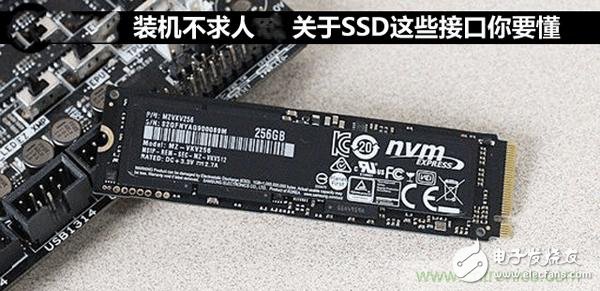
At present, mainstream SSDs are mainly SATA3 interfaces, and a small number are U.2, M.2, and PCIE. The price difference between SSDs with the same capacity and different interfaces is very large. What is the reason? Please read the reader down.
SATA3
SATA3 full name "SATARevision3.0", is a new version of Serial ATA International (SATA-IO) released in May 2009, mainly to double the transmission speed to 6Gbps, while backward compatible with the old version of "SATARevision2.6" (also known as SATA3Gbps now), the interface and data lines have not changed. The SATA 3.0 interface technology standard was proposed by Intel Corporation in the first half of 2007. It was led by Knut Grimsrud, Technical Director of Storage Product Architecture Design at Intel Corporation. Knut Grimsrud said that the transmission rate of SATA3.0 is 6Gbps.
Now seven years have passed, the speed of solid state drives has changed dramatically. Many excellent SSD read and write speeds have reached 550MB/s. This is the ultimate speed of SATA3 interface, so many manufacturers choose to develop new interface solid state drives.
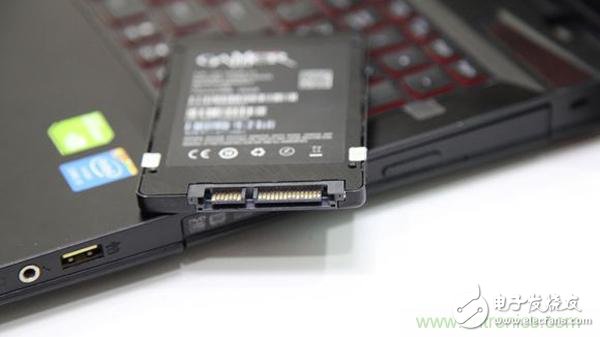
U.2
The U.2 interface, originally called SFF-8639, was pushed by Intel. Essentially SATA Express, and the SATA-E physical interface is retrofitted with a SATA 6Gbps interface, somewhat similar to the SAS interface. It consists of two SATA 6Gbps interfaces and a mini version of the SATA interface with only 4pin pins. The biggest feature of the M.2 interface is that it supports the NVMe standard protocol, high-speed, low-latency, low-power, theoretical transmission speed of up to 32Gbps, while SATA is only 6Gbps, more than five times faster than SATA.
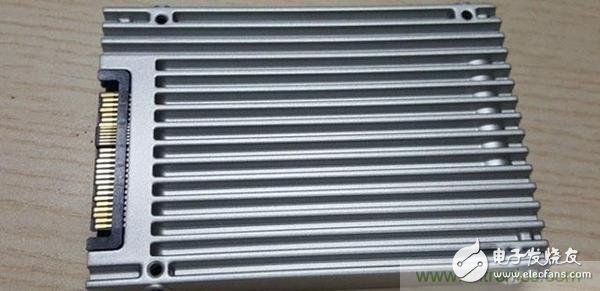
M.2 interface
The M.2 interface is also a new interface specification introduced by Intel. This is the NGFF we used to mention, the Next GeneraTIon Form Factor. There are two types of M.2 interfaces: Socket 2 and Socket 3. Socket2 supports SATA and PCI-E X2 interfaces. If PCI-E & TImes; 2 interface standard is adopted, the maximum read speed can reach 700MB/s. It can also reach 550MB/s. The Socket 3 can support PCI-E & TImes; 4 interface, the theoretical bandwidth can reach 4GB / s.
The M.2 SSD advantage is small and suitable for super users.
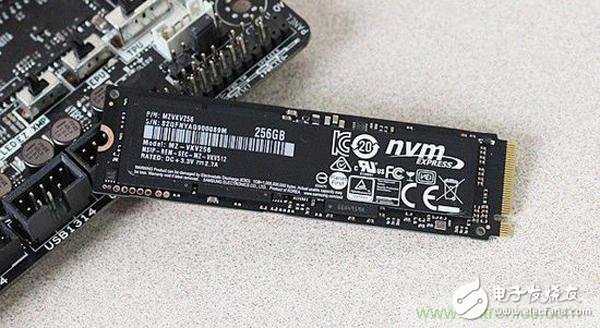
PCIE interface
PCI-E is the latest bus and interface standard. The original name is "3GIO", which was proposed by Intel. In terms of transmission efficiency, the onboard PCI-E is more suitable for CPU and memory data communication and transmission than SATA. The SSD of the PCI-E interface directly accesses the memory through the PCI bus, rather than just packaging the flash or DRAM memory into a SCSI-connected hard drive. Therefore, from the perspective of I/O delay, this is an essential change, which directly increases the random read and write performance of SSD. It can also be said that the PCIE interface solid state drive is currently the most expensive solid state drive and the most powerful.
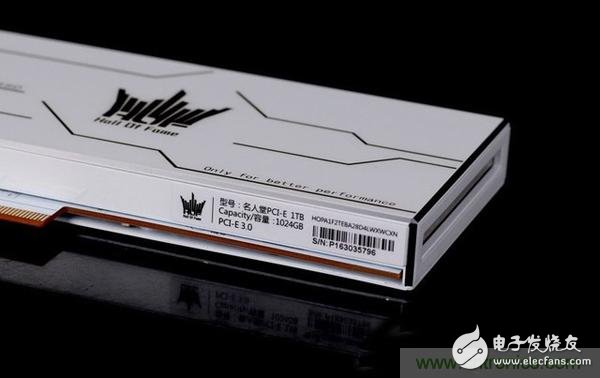
Recommendation: For most users, the SATA3 interface is sufficient. High-end game enthusiasts can choose U.2 PCIE SSDs, and notebook users are naturally the most suitable choice for M.2 SSDs.
Wuxi Doton Power , https://www.dotonpower.com